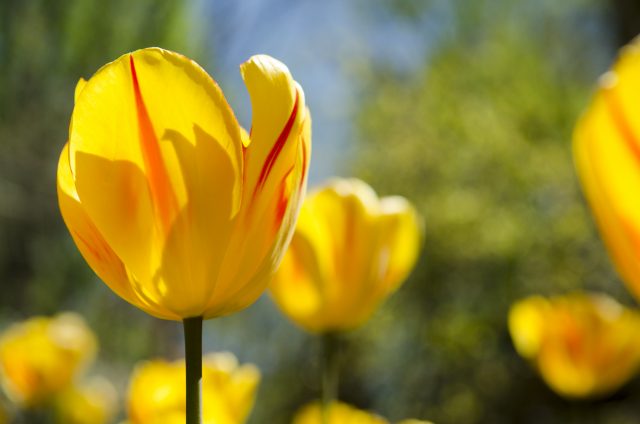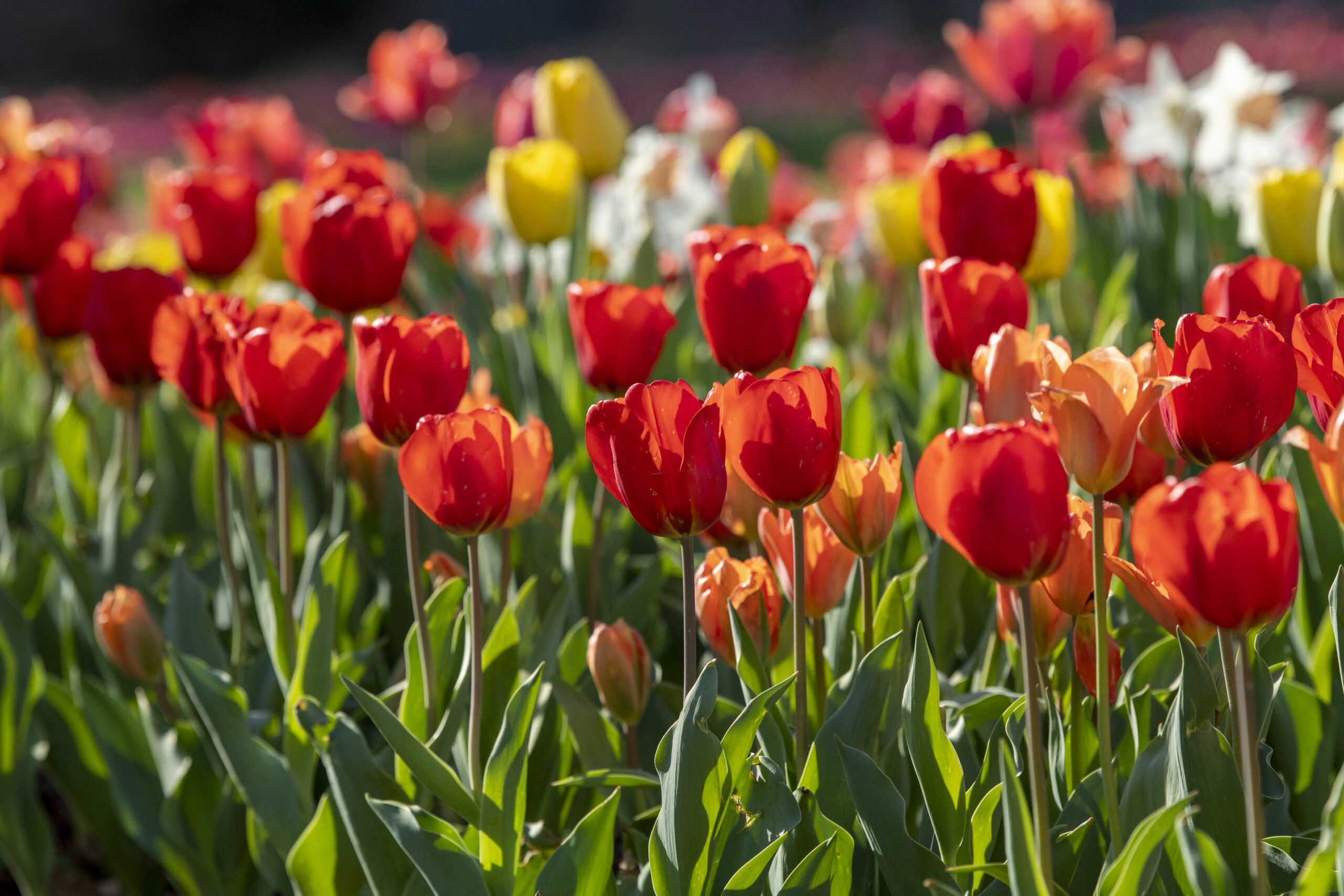The proverbial lion and lamb bracket the month of March as the flowers of early springtime blossom with visual fragrance. Floral scents often take second place to the pleasures of color and contour in this third month of the year as winter loosens its grip. The tulips and daffodils, the violets, star magnolias, and others delight the eye as they herald the new season.
Freely enjoying the blooms, we might touch base with a tradition lost to history, namely, flowers as important messengers of meaning. Long preceding the marvels of telegraph and telephone, flowers were thought to convey an array of important messages. Our present-day St. Valentine’s Day roses and December’s mistletoe are vestiges of an era when flowers transmitted thoughts and feelings and rendered judgment too. Bemused by a past practice that may strike us somewhere between a horoscope and a fortune cookie message, we nonetheless honor the once-serious regard for floral meanings.
A popular 1890s compendium of social conduct—Manners, Culture, and Dress of the Best American Society—includes a full chapter on “Flowers and Their Sentiments.” Authored by Mr. Richard A. Wells, A.M., the version sold in bookstores a few years before the turn of the twentieth century proclaimed, “Flowers not only please the eye and gratify the sense, but to one of a reflective turn of mind, they are the dispensers of instruction.” The yellow tulip was thought to be a “declaration of love,” the blue violet to signify “faithfulness,” and the lotus to certify “eloquence.” No flower or bouquet of the era was selected without strict attention to its time-honored meaning. (Today’s elders might recall that in youth, numerous floral offerings resonated with sincerity and a grain of truth.)

The featured March flowers at Cheekwood appear in Mr. Wells’s interpretive roster as follows:
Daffodil…..Regard
Flowering Quince…Temptation
Phenomenial Lavender…Distrust
Forsythia…Excitement, New Beginning
Magnolia…Nobility, Perseverance
Pussy willow…Recovery from illness.
If dogwood should chance to bloom at Cheekwood in March, the message was posed as a query, perhaps by a tremulous suitor: “Am I perfectly indifferent to you?” (Among the hundreds of flowers in Manners, one encounters that bane both of gardeners and devotees of lawns, the dandelion, said to be “Love’s oracle.”)
Few wildflowers of Middle Tennessee bloom beyond Cheekwood in Mr. Wells’s directory, though the Nettle appears, synonymous with “Cruelty,” and several sub-species are featured in Wildflowers of Tennessee, the Ohio Valley, and the Southern Appalachians, by Dennis Horn and Tavia Cathcart. Bred for the garden or growing wild, “flowers are the smiles of nature,” as Mr. Wells declared, “and earth would seem a desert without them.”

Blog post provided by Cheekwood’s Writer-in-Residence, Cecelia Tichi, Ph.D.
Cecelia Tichi is an award-winning author and Professor of English and American Studies Emerita at Vanderbilt University. Her books span American literature and culture from colonial days to modern times, but her recent work draws upon the Gilded Age (post-1870) that prompted her book on Jack London and another on seven activists in that tumultuous era.
Cecelia’s research and teaching inspired What Would Mrs. Astor Do? The Essential Guide to the Manners and Mores of the Gilded Age, followed by Gilded Age Cocktails and Jazz Age Cocktails , which set the stage for her mystery crime novels that boast “Gilded” in each title.
Cecelia can be followed on her website: https://cecebooks.com/

